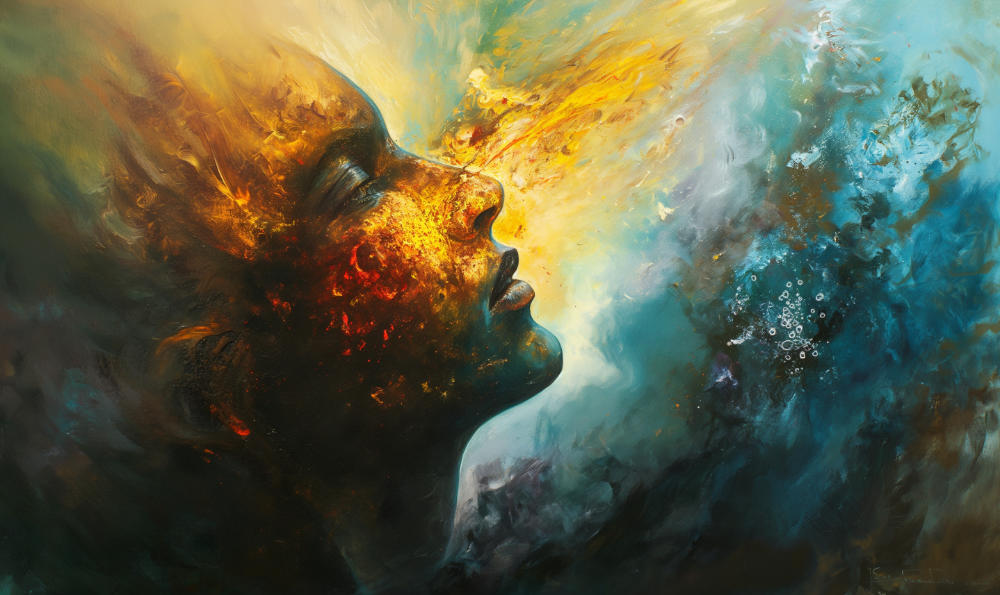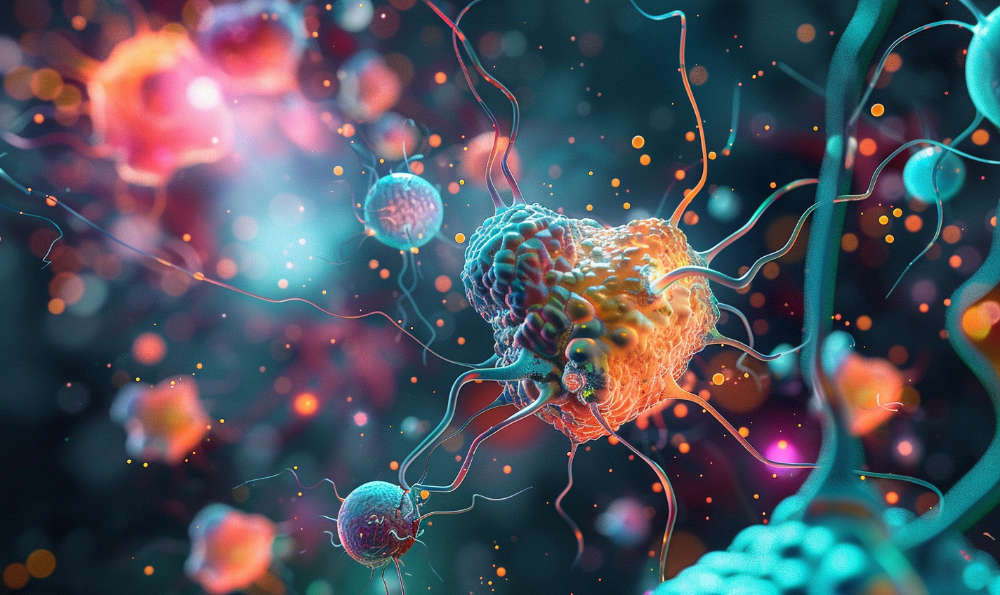The Therapeutic Power of Art: Healing Through Creativity

Art has long been recognized for its profound impact on mental and emotional well-being. Engaging in artistic activities, such as painting, sculpting, drawing, and crafting, offers therapeutic effects that promote healing and overall wellness (American Art Therapy Association, 2020).
Expressing Emotions and Reducing Stress
Art as an Emotional Outlet
Creating art provides a healthy avenue for expressing complex emotions and feelings. Through vibrant brushstrokes on a canvas or molding clay into sculptures, individuals can communicate and process their inner experiences. This form of expression is particularly beneficial for those who find it challenging to articulate their emotions verbally (American Psychiatric Association, 2019).
Stress Reduction Through Creativity
Engaging in artistic activities has been shown to reduce stress and anxiety levels. Focusing on the creative process can be meditative, offering a sense of calm and relaxation. Studies have found that even a short period of creative activity can significantly lower stress levels, regardless of artistic experience or talent (JAMA Network Open, 2021).
Enhancing Self-Discovery and Awareness
Journey of Self-Exploration
Art-making serves as a journey of self-discovery and introspection. Through creating art, individuals may uncover hidden thoughts, emotions, and desires. This process allows for a deeper understanding of oneself and fosters personal growth (Frontiers in Psychology, 2018).
Diverse Mediums for Insight
Exploring various artistic mediums and techniques enables individuals to gain insights into their inner world. Whether it’s painting, drawing, or sculpting, each medium offers unique opportunities for self-reflection and awareness.
Fostering Mindfulness and Presence
Art as a Mindfulness Practice
Engaging in art-making requires focusing on the present moment. Activities such as mixing colors, feeling the texture of materials, or observing intricate details encourage mindfulness. This immersion in the creative process helps cultivate a sense of presence, benefiting mental clarity and overall well-being (American Art Therapy Association, 2020).
Therapeutic Applications
Art therapy utilizes the creative process to help individuals express emotions and experiences not easily conveyed through words. This therapeutic approach has been effective in addressing various mental health conditions, including anxiety, depression, and post-traumatic stress disorder (PTSD) (Frontiers in Psychology, 2018).
Building Confidence and Self-Esteem
Empowerment Through Creation
The act of creating art can be empowering. As individuals develop their artistic skills and witness their creations materialize, they often experience a boost in confidence and self-esteem. This sense of accomplishment contributes to overall mental well-being (American Psychiatric Association, 2019).
Tracking Personal Growth
Art-making provides a tangible way to track personal progress over time. Observing improvements in artistic abilities can instill a sense of pride and motivation, reinforcing positive self-perception.
Connecting with Others and Building Community
Social Engagement Through Art
Art has the power to bring people together. Participating in art classes, workshops, or group projects allows individuals to share creative experiences, fostering a sense of community and belonging. Collaborative art endeavors provide opportunities to learn from others, exchange ideas, and support each other’s artistic journeys (The Guardian, 2022).
Art in Healthcare Settings
Incorporating art into healthcare environments has demonstrated positive effects on patient well-being. For instance, displaying artworks in hospitals has been found to improve the morale of patients and staff, reduce anxiety, and enhance the overall atmosphere (The Guardian, 2022).
Conclusion
Engaging in artistic activities offers a multitude of therapeutic benefits. From expressing emotions and reducing stress to enhancing self-discovery and building confidence, art serves as a powerful tool for healing and nourishing the mind, body, and soul. Whether through personal creation or communal participation, the integration of art into daily life can lead to profound improvements in mental and emotional health.
References
- “Art Therapy: Definition, Types, Techniques, and Efficacy” – American Art Therapy Association, 2020
- “Art Therapy: A Complementary Treatment for Mental Disorders” – Frontiers in Psychology, 2018
- “Healing Through Art” – American Psychiatric Association, 2019
- “The Impact of Art in Healthcare Settings” – The Guardian, 2022
- “Active Visual Art Therapy and Health Outcomes: A Systematic Review and Meta-Analysis” – JAMA Network Open, 2021


















